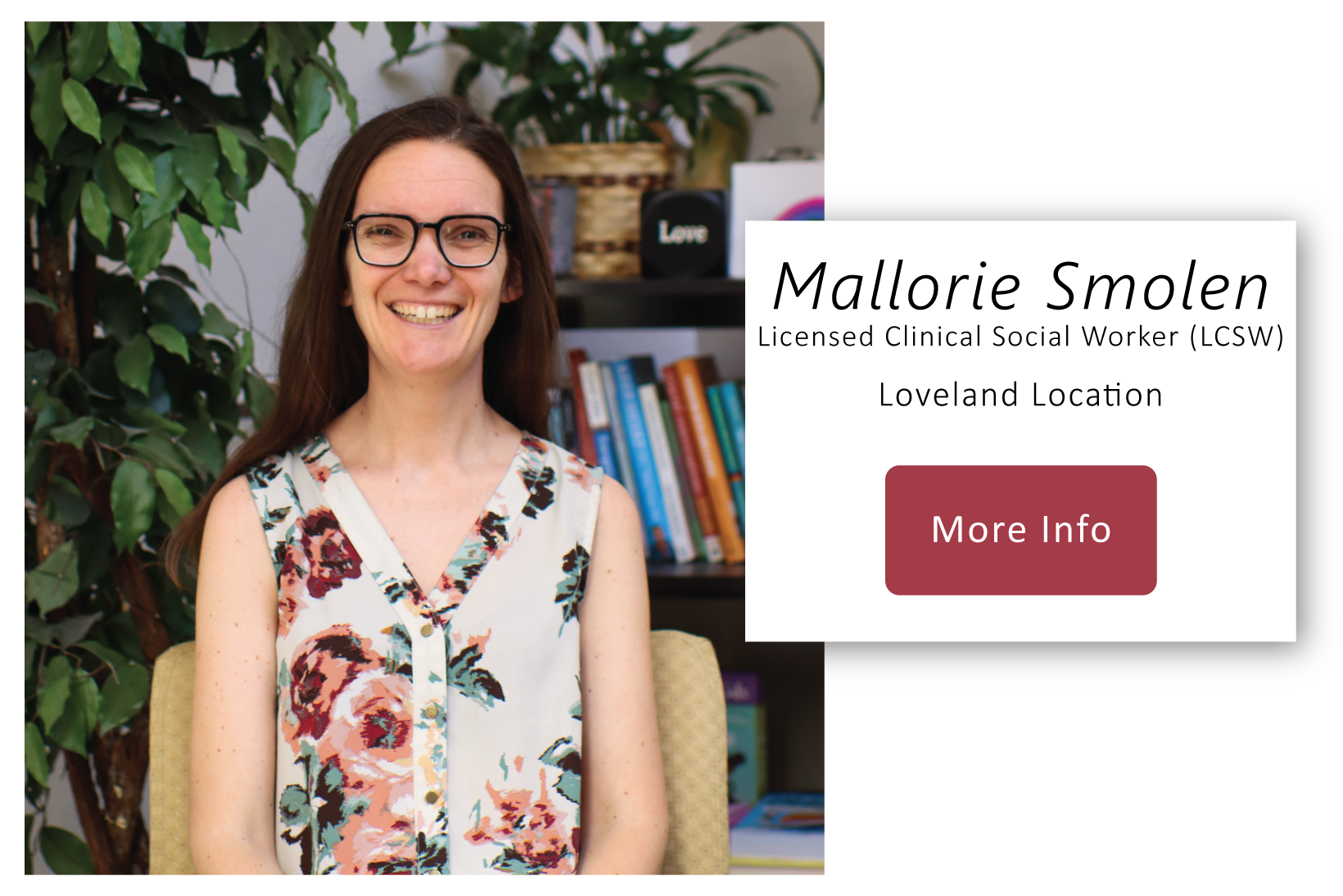About EMDR Therapy
Our brains have a natural way to recover from traumatic memories and events. This process involves communication between the amygdala (the alarm system for stressful events), the hippocampus (which assists the learning, including memories about safety and danger), and the pre-frontal cortex (which analyzes and controls behavior and emotion). Stress responses are part of your natural fight, flight, or freeze instincts. When distress from a disturbing event remains, the upsetting images, thoughts, emotions may create feelings of overwhelm, of being back in that moment, or being frozen in time. EMDR therapy helps process these memories and allows the normal healing to resume. The experience is still remembered, but the fight, flight, or freeze response from the original event is resolved.
How is EMDR different from other therapies?
EMDR therapy does not require talking in detail about the distressing issue, or homework between sessions. EMDR, rather then focusing on changing the emotions, thoughts, or behaviors resulting from the distressing issue, allows the brain to resume its natural healing process. Part of the therapy includes alternating eye movements, sounds, or taps.
Who Can Benefit from EMDR Therapy?
You can potentially benefit from EMDR therapy if you experience any of the following:
Anxiety, panic attacks, and phobias
Chronic Illness and medical issues
Depression and bipolar disorder
Grief and Loss
Dissociative Disorders
Eating Disorders
Pain
Performance Anxiety
Personality Disorders
PTSD, trauma, and stress related issues
Sleep Disturbance
Substance Abuse and addiction
Violence and Abuse

Experiencing EMDR Therapy
After the therapist and the client agree that EMDR therapy is a good fit, and begin to work together, the client will be asked to focus on a specific event. Attention will be given to a negative image, belief, and body feeling related to this event, and then to a positive belief that would indicate the issue resolved. While the client focuses on the upsetting event, the therapist will begin sets of side-to-side eye movements, sounds, or taps. The client will be guided to notice what comes to mind after each set. They may experience shifts in insight or changes in images, feelings, or beliefs regarding the event. The client has full control to stop the therapist at any point, if needed. The set of eye movements, sounds, or taps are repeated until the vent becomes less disturbing.
A typical EMDR therapy lasts from 60-90 minutes. EMDR therapy may be used within a standard talking therapy, as an adjunctive therapy with a separate therapist, or as a treatment all by itself.
If you have any further questions about EMDR or would like to setup a consultation please click here or call (970) 217-2486 for more info.




